Election year is always filled with controversies. Despite President Biden being blamed for the rising oil price, he doesn’t actually have a say on it.
An analyst from GasBuddy said it was all about the market. Voters who are voting with their wallet must know the facts.
Misinformation on Both Sides

Patrick De Haan of GasBuddy talked to Fortune aiming to straighten misconceptions about politically-fueled oil prices.
“There’s so much misinformation from politicians on gas prices on both sides of the aisle that Americans really think gas prices are more a function of a president than they do economics,” the analyst said.
Two Real Causes

Many blamed President Joe Biden for the increase in gasoline prices. In June 2022, prices soared to over $5 per gallon.
But the reality was that one lone president couldn’t have that big of an impact on the global oil market. If two things could be blamed for the spike in oil prices, they were the war in Ukraine and the sanctions from western countries, and also the loss of oil refining capacity during the pandemic.
Not a Lot of Help

Using the same logic, Biden couldn’t really take credit for the subsequent fall of gas prices despite releasing 230 million barrels of oil from the reserves in late 2021 and 2022.
The Department of Energy estimated that, even when combined with all petrol reserves from western countries, the gas price only fell about 40 cents. This was less impressive than what the White House made it seem.
A New Promise

Biden already vowed to cut gasoline prices again. But is his vow even feasible? The numbers showing up said NOT.
Prices in 2023 remained high at $3.85 per gallon of regular gas. And his only strategy to lower prices seemed to be having the Department of Energy talk to oil producers and refiners. If he released more petrol from the reserves, that would be a risky move.
Ironic Boom
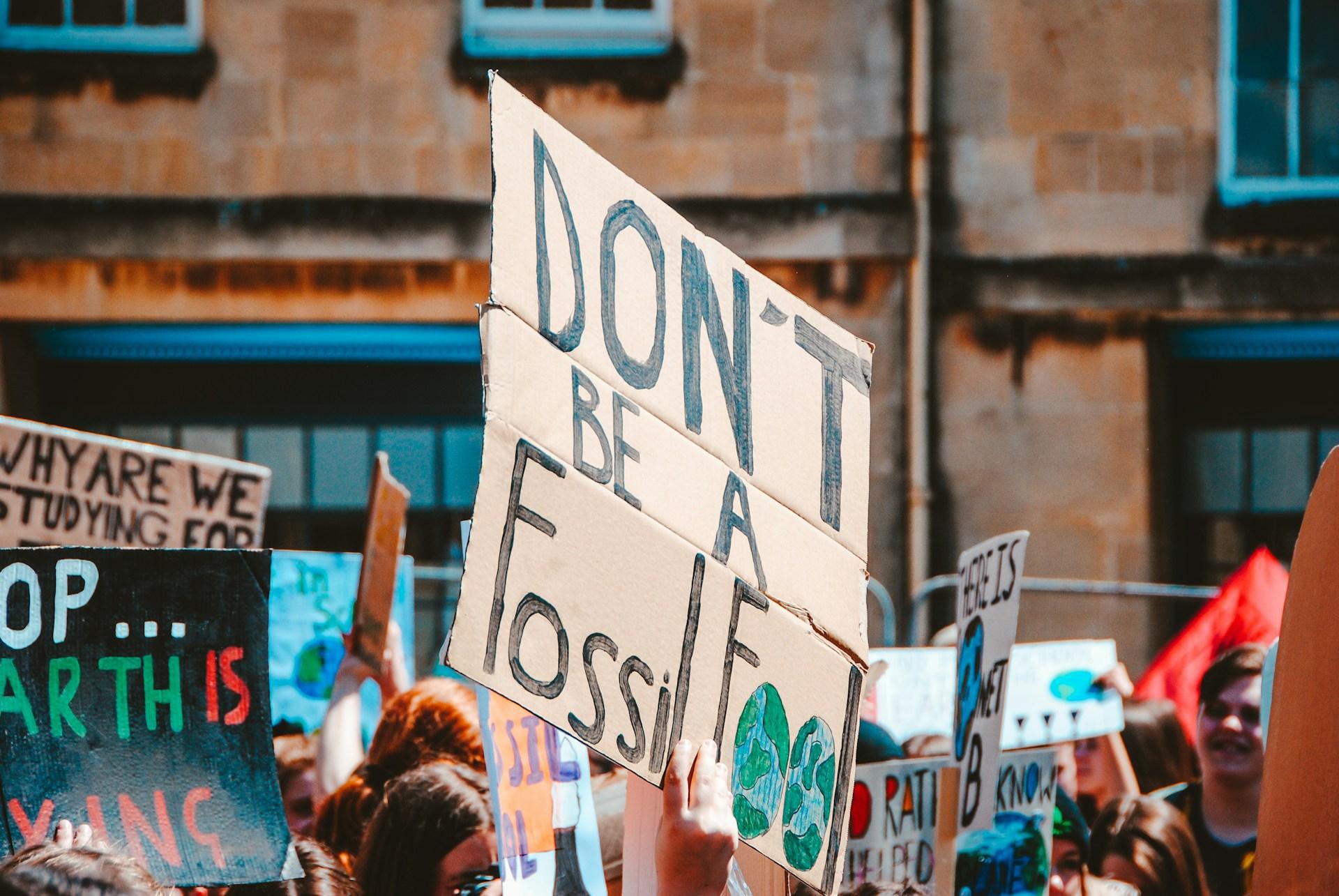
During Biden’s administration, crude oil production hit a record average of 12.9 million barrels per day in 2023. But a production boom during Biden’s time in office is a major irony.
Remember: on the 2019 campaign trail, he vowed to put an end to fossil fuel. Yet, he still allowed oil drilling on federal lands, auctioned millions of acres in the Gulf of Mexico to oil drillers, and approved multiple oil and gas projects. No wonder green activists are shaking their heads!
Different Factors at Play
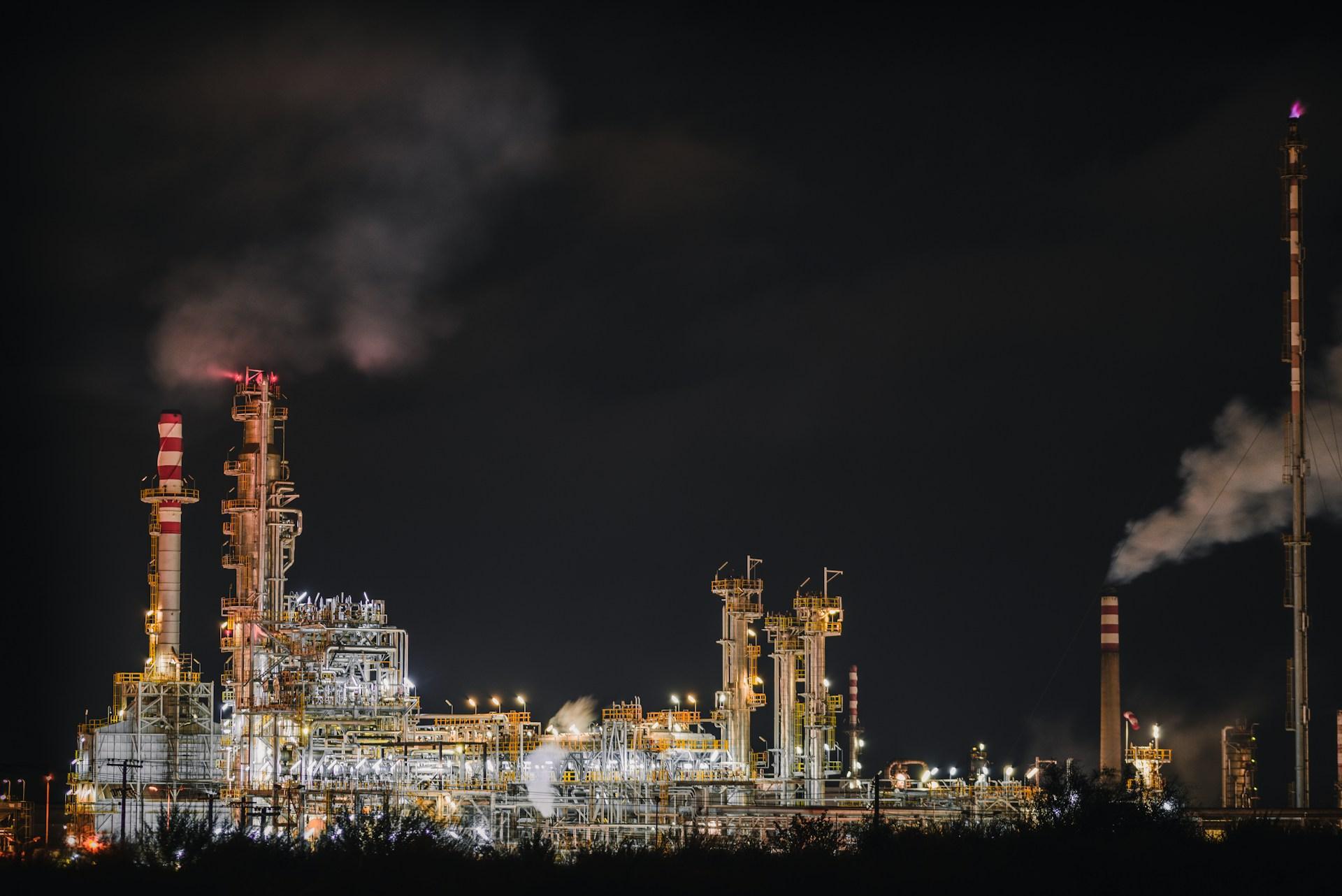
Currently, the national average price for a gallon of regular gasoline is $3.54—still high, although better than in 2022. GasBuddy’s De Haan continues to get a lot of questions on who to blame.
Not the president or politics, he insisted. According to his analysis, a surge of WTI crude oil prices created a supply-demand imbalance. OPEC cutting down crude production and International Energy Agency’s recent upgrade to its global crude demand growth outlook were also influential factors.
Blame the Wars
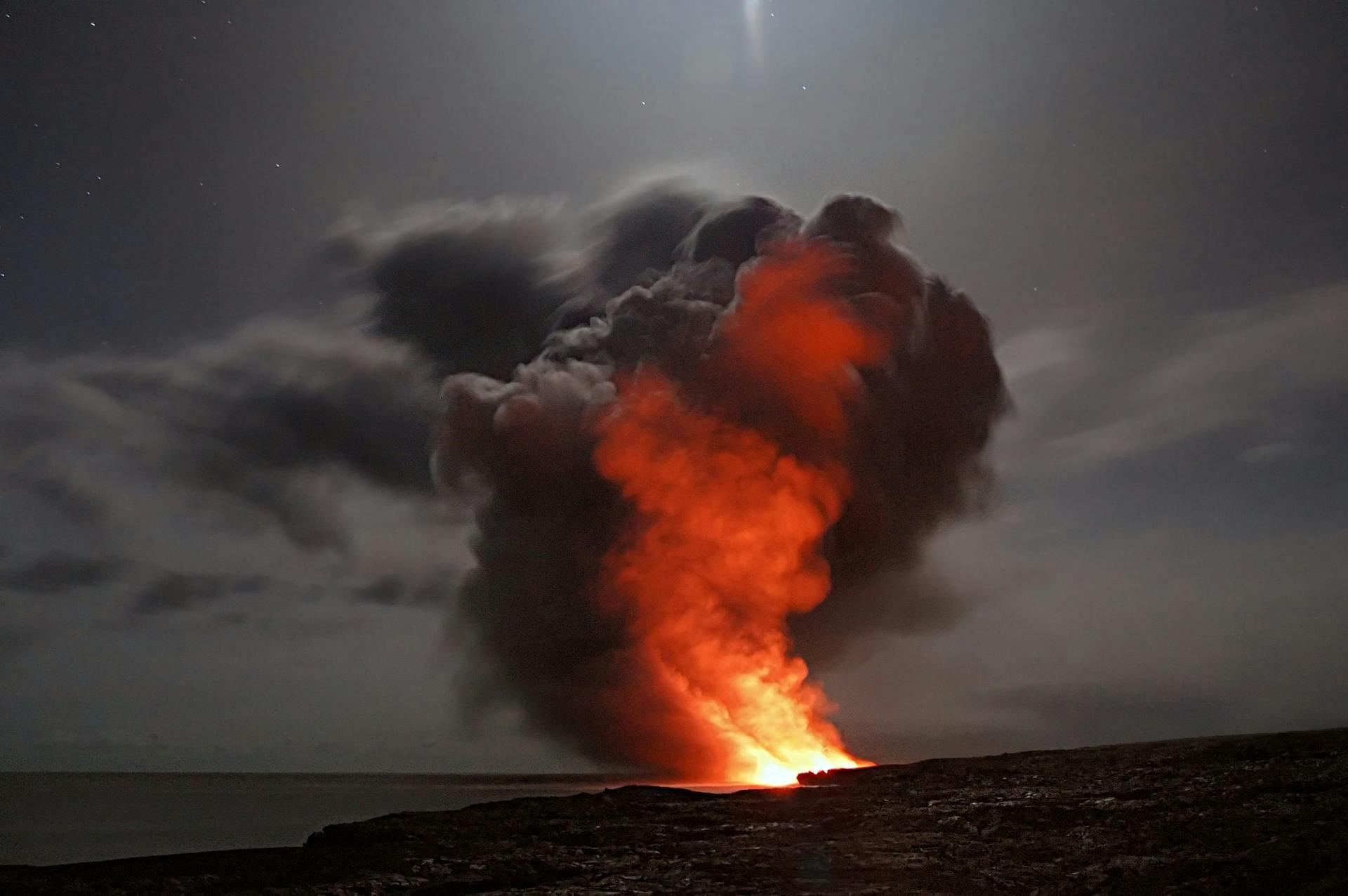
And then there are the wars. The Red Sea crisis, a conflict between Israeli and Palestinians, also affected oil shipping routes.
Not to mention the conflict between Ukraine and Russia still continues, with Ukraine drones attacking Russian oil refineries and shutting down 1% of the world’s oil refining capacity.
Winter to Summer
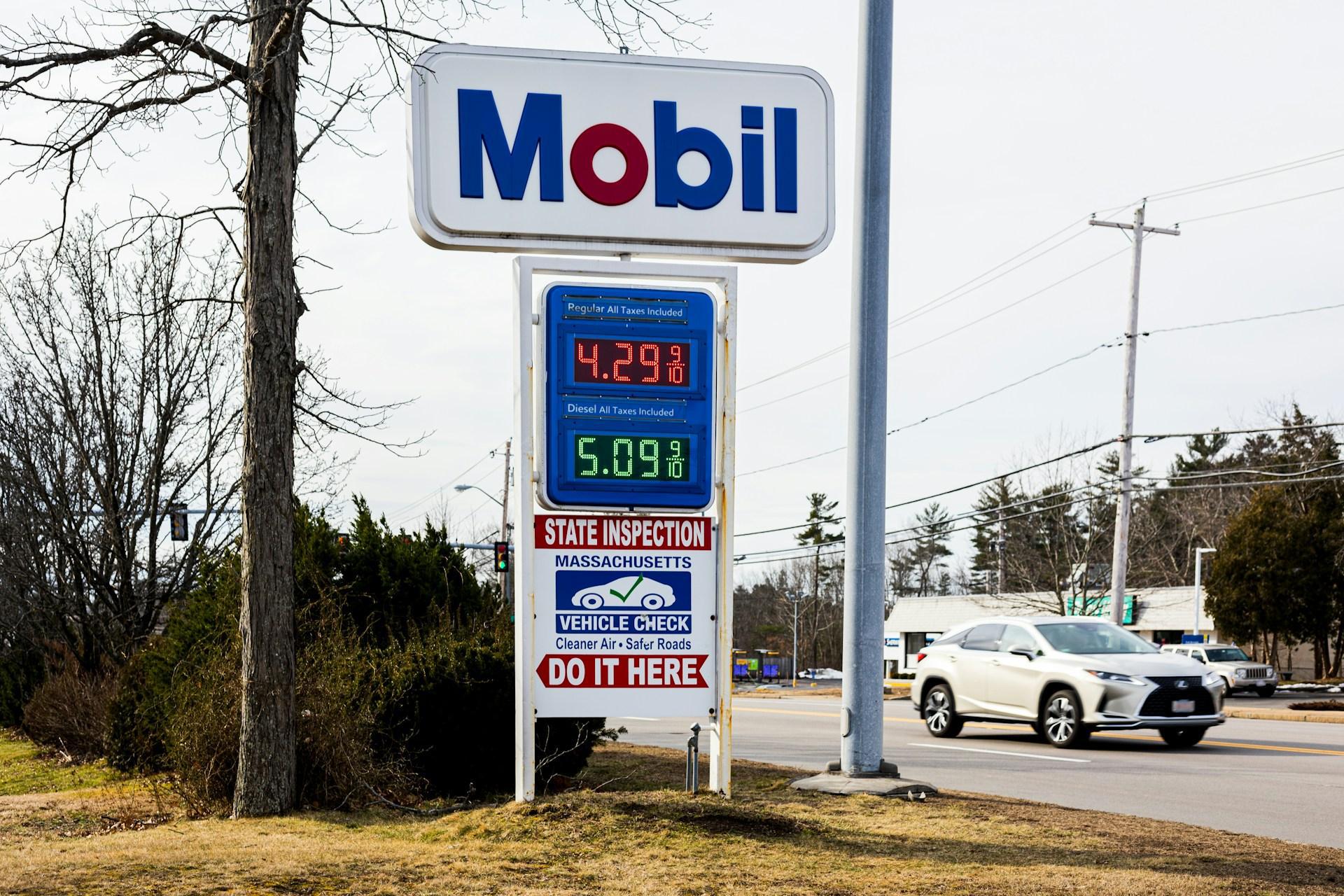
It may also be helpful to know that there’s a “fuel switching process” that affects oil prices. For those who don’t know, understanding can help them budget better.
It’s a process where oil refiners switch from winter-grade fuel to a summer-grade one and that spikes the price further. The “summer blend” fuel is expected to be at gas stations starting June 1st.
Putting Things in Perspective

De Haan simply wants Americans to understand that the price of their car’s fuel is not entirely down to what promises politicians make on the campaign trail.
“I just remind folks that, at the end of the day, one president in one country in a world with 200-some countries is rather powerless to control the price of a global commodity, or the global balance of economics that drives the price of that commodity,” De Haan said to Fortune.
Fuel Observations
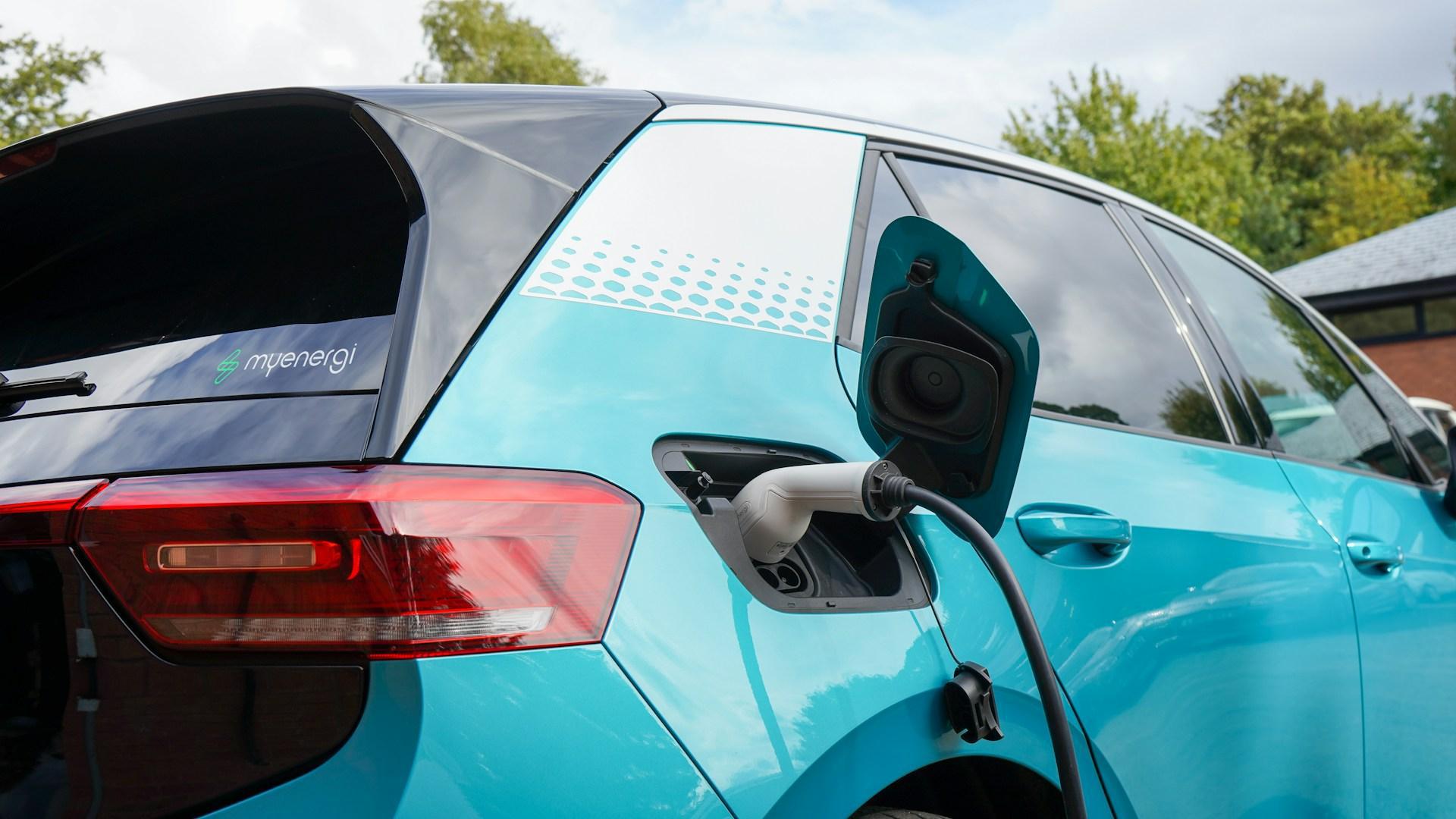
In summary, watch out for what politicians are saying about oil and gas prices. Whatever “green promises” are made on the campaign trail, there’s no guarantee that non-fossil fuel vehicles curbing oil demand.
Oil prices will continue to fluctuate and regional price differences still happen. But, De Haan also added, “Over time, the volatility, the bumps in the road, are continuing to get smoothed out. We continue to see things kind of getting closer to back to normal.”
Actually Less Labor for Gas
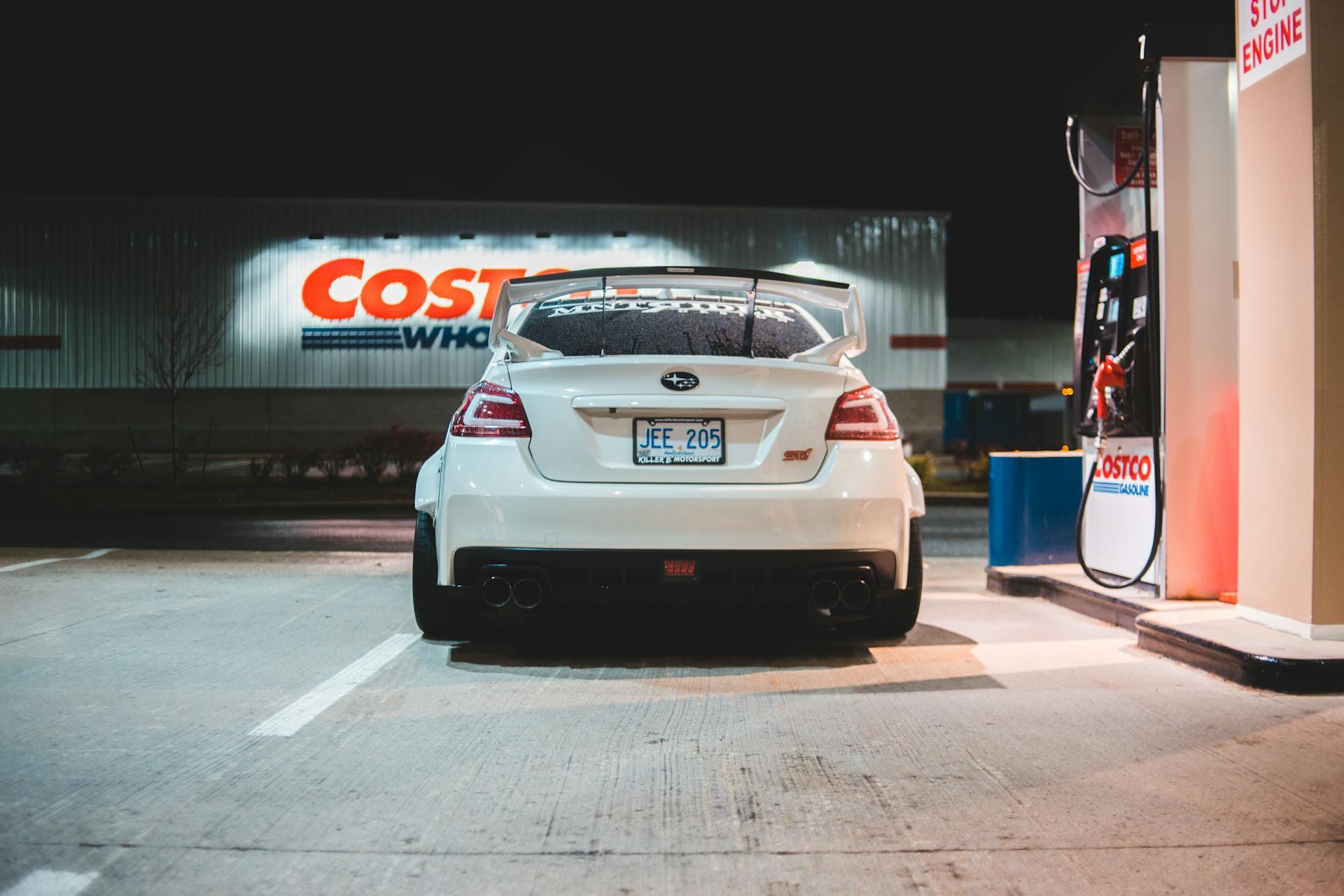
This analyst closed his conversation by making an observation on the labor of Americans. Compared to the past, he said, Americans are not doing that much to buy a gallon of fuel.
“People always have this expectation that gas is going to be $1, $2. Right? It’s not cheap until it’s $1 or $2. But historically speaking, comparing the amount of work that Americans need to do to be able to buy one gallon of gasoline…while the price may feel high, Americans are actually doing a little bit less labor than they were a couple of years ago to buy a gallon of gasoline.” Think on that instead.
